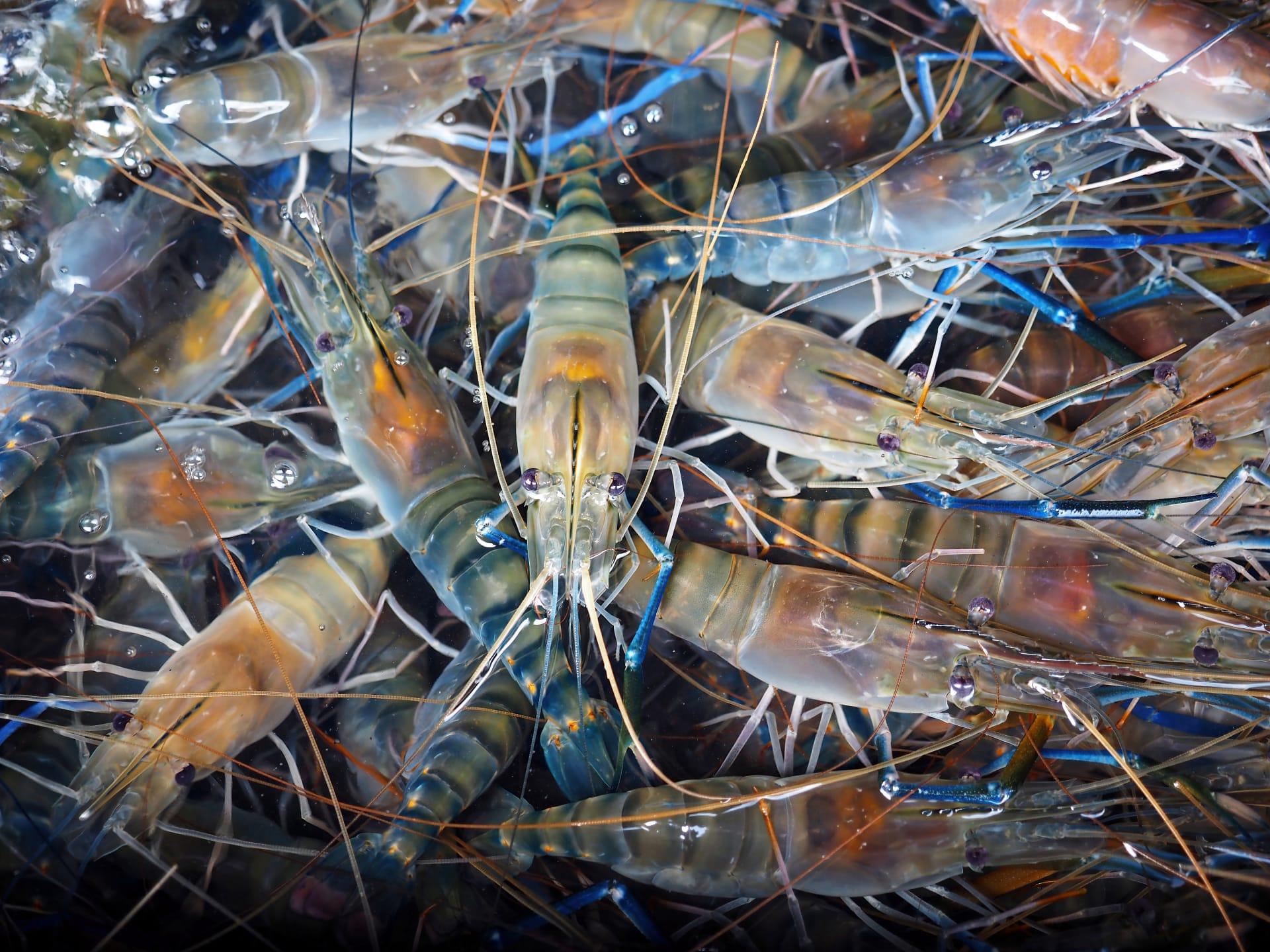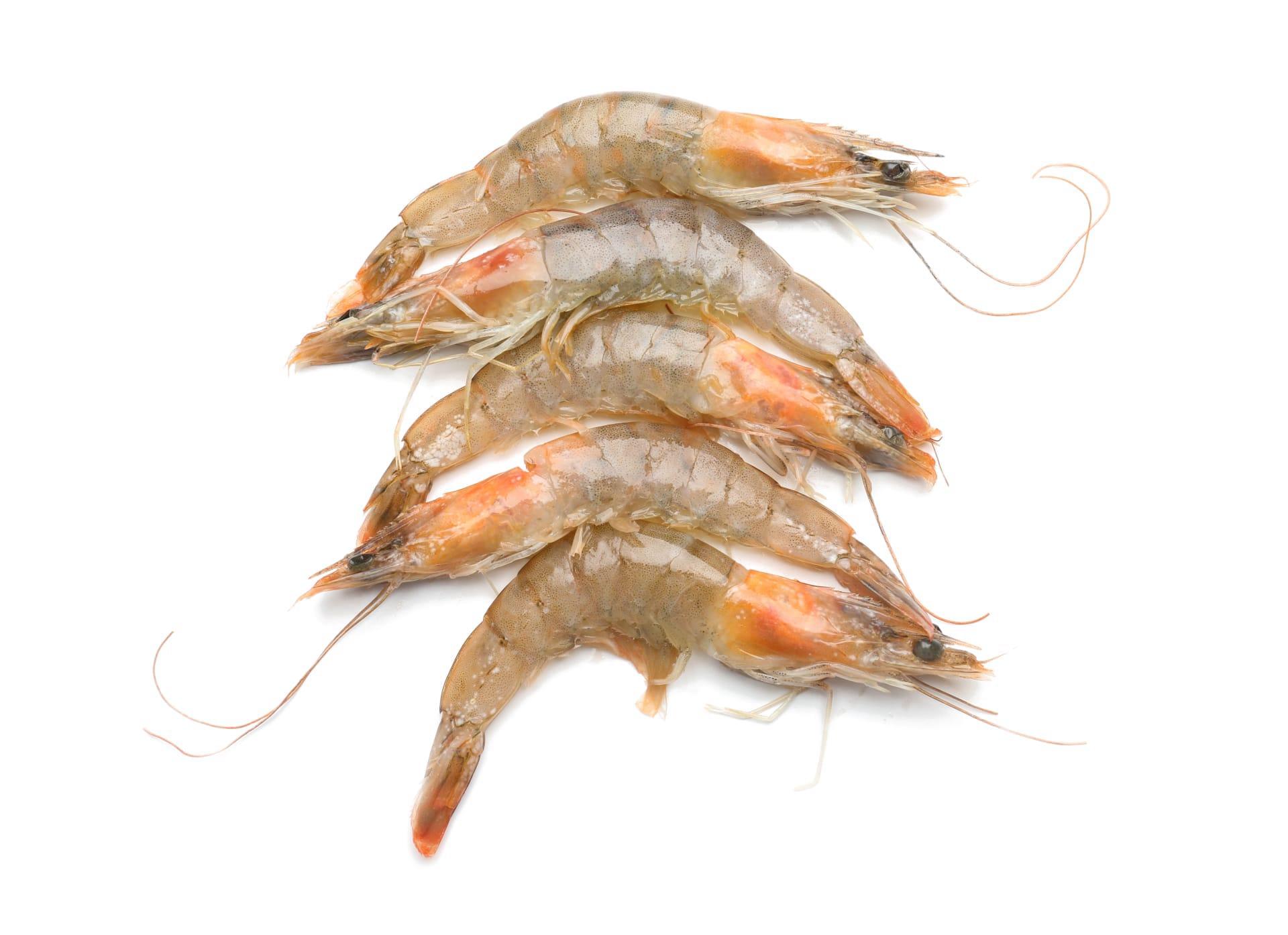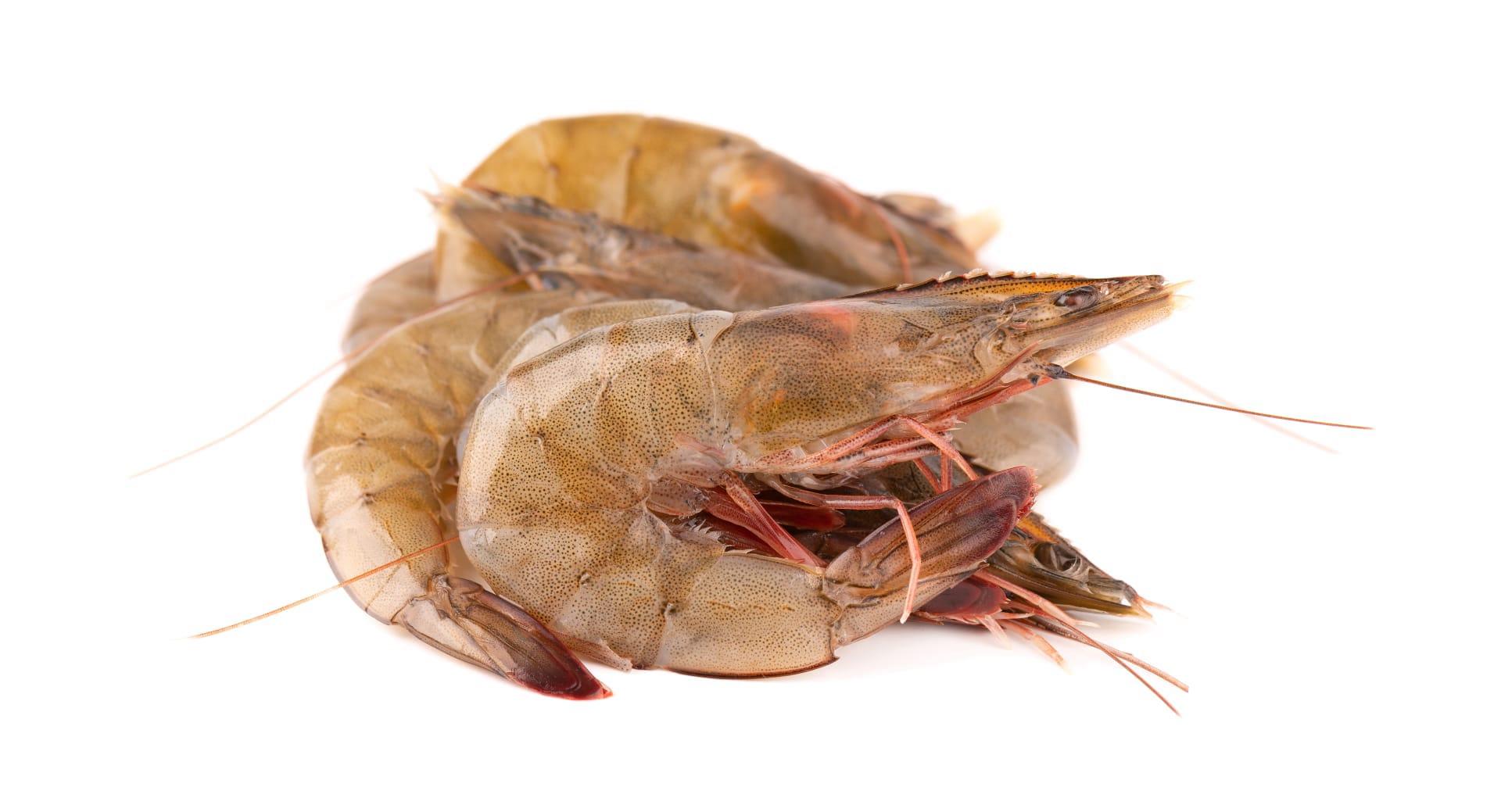1
Shrimp are remarkable for their ability to change color as a means of camouflage. This adaptation allows them to blend seamlessly with their surroundings, making them nearly invisible to predators and prey. The process is facilitated by specialized cells called chromatophores, which contain pigments that can be expanded or contracted to alter the shrimp's coloration. For instance, the common shrimp found along the coast can switch from a translucent appearance to a more opaque one, matching the color of the sand or the water to avoid detection.
Another fascinating aspect of shrimp is their incredibly efficient digestive system. Shrimp can digest food completely within two hours, thanks to their short and straightforward digestive tract. This rapid digestion is crucial for their survival, enabling them to absorb nutrients quickly and remain agile in their often predator-filled environments. The digestive process begins in the mouth, where food is broken down by enzymes, and continues in the stomach and intestines, where nutrients are absorbed, leaving minimal waste to be excreted.

2
Shrimp possess a unique reproductive feature: the majority of shrimp species are protandric hermaphrodites. This means they start life as males and later transform into females. This transition allows a single shrimp to contribute genetic material as both a male and a female during its lifetime, maximizing reproductive opportunities. The change usually occurs once they reach a certain age or size, which is an adaptive strategy to enhance their chances of successful breeding in varying environmental conditions.
The lifespan of a shrimp can be surprisingly short, with some species living only about a year. Despite this brief life cycle, shrimp play a significant role in the aquatic food chain. They are prolific breeders; a single female can produce up to 1 million eggs, which hatch in about 24 hours. However, the survival rate of these offspring is low, with only a few reaching adulthood. This rapid turnover is essential for maintaining healthy populations and supporting the diverse marine ecosystems where they reside.

3
Shrimp have a remarkable ability to walk on the sea floor and swim backwards. They achieve locomotion by flexing the muscles of their abdomen and tail, propelling themselves backward with rapid, darting motions. This ability is crucial for escaping predators, as it allows shrimp to quickly retreat to the safety of rocks or coral. Their legs are adapted for walking, with the front three pairs equipped with claws for feeding and defense, while the remaining pairs are used for mobility on the ocean's substrate.
Another intriguing fact about shrimp is their contribution to underwater soundscapes. Certain shrimp species, known as snapping shrimp, produce a loud cracking noise using their large claw. This sound is generated when the claw snaps shut at high speed, creating a bubble that collapses with a loud pop. The sound can be so intense that it interferes with sonar and underwater communication equipment. Snapping shrimp are often found in tropical and subtropical waters, and their collective snapping can be heard over vast distances, contributing to the ambient noise of the ocean.

4
Shrimp exhibit a fascinating feeding behavior known as filter feeding. Some species, like the Atlantic white shrimp, use their long antennae to sweep through the water, capturing plankton and tiny particles of organic matter. These antennae are covered in fine hairs that act as a net, trapping food particles that are then consumed. This method allows shrimp to feed efficiently in the nutrient-rich waters they inhabit, playing a crucial role in the aquatic food web by recycling nutrients and providing a food source for larger predators.
Shrimp's eyes are highly specialized and among the most complex in the animal kingdom. They possess compound eyes that offer a broad field of vision and are extremely sensitive to movement, which is vital for detecting predators and prey. Each eye is made up of numerous individual lenses, allowing shrimp to see in multiple directions simultaneously. This panoramic vision is essential for their survival, enabling them to be acutely aware of their surroundings at all times, even in the murky depths of their aquatic habitats.

5
The heart of a shrimp is located in its head, a unique anatomical feature among many crustaceans. This arrangement is due to their compact and streamlined body structure, which necessitates the close proximity of major organs. The heart pumps blood directly to the shrimp's gills for oxygenation before circulating it to the rest of the body. This efficient cardiovascular system supports their active lifestyle, ensuring that oxygen and nutrients are rapidly distributed throughout their body, even during intense periods of swimming or escape maneuvers.
Shrimp play an essential role in maintaining the health of their ecosystems through a process known as bioturbation. By burrowing and feeding on the ocean floor, shrimp disturb the sediment, which in turn oxygenates it and promotes the breakdown of organic matter. This activity helps to recycle nutrients, making them available to other organisms in the food web. Furthermore, the burrows created by shrimp provide habitats for other marine species, enhancing biodiversity and the structural complexity of the seabed. This ecological service is crucial for the sustainability of marine environments, showcasing the significant impact these small creatures have on oceanic ecosystems.